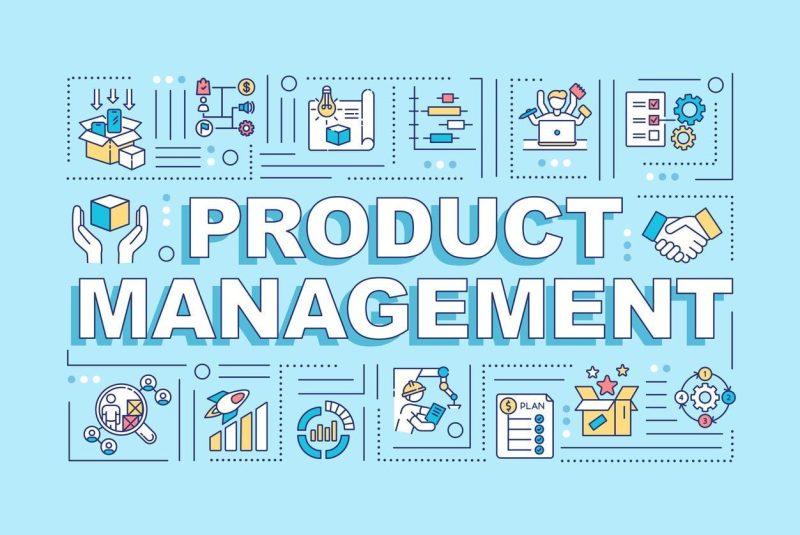Table of Contents
In the fast-paced world of business and marketing, understanding key marketing and management abbreviations is crucial for success. These terms are more than just jargon—they represent essential strategies and frameworks that drive business growth and decision-making. Whether you’re familiar with terms like PBP, KPI, or MVP, these abbreviations define the key concepts that every manager and marketer needs to know. Let’s explore some of the most important abbreviations in marketing and management to help you stay ahead.
Key Marketing and Management Abbreviations
PBP: Preliminary Business Plan
The Preliminary Business Plan (PBP) is often the first step in outlining a business idea. It acts as an early roadmap, providing an overview of initial goals, market research, and financial considerations. While not as detailed as a full Business Plan, a PBP helps stakeholders align on core objectives and direction. This early-stage plan is crucial in setting the stage for more comprehensive business planning.
SP: Strategic Plan
A Strategic Plan (SP) is a forward-looking document that aligns business objectives with actionable strategies. It provides a long-term vision for the organization, ensuring that all initiatives and decisions are aligned with the company’s mission. Having a clear SP helps businesses stay focused and competitive by setting priorities and guiding resource allocation. Many successful businesses revisit their Strategic Plan annually to adjust for new market conditions.
KSF: Key Success Factors
Key Success Factors (KSF) refer to the essential elements that a company or project needs to thrive. These factors vary by industry but often include aspects like customer satisfaction, operational efficiency, and innovation. By identifying and focusing on these critical elements, businesses can concentrate their resources on what truly drives results, ensuring long-term success.
U&A: Usage and Attitude
Usage and Attitude (U&A) studies provide valuable insights into how customers interact with a product and their perceptions of it. This data is key for refining marketing strategies, improving product features, and enhancing customer satisfaction. By understanding customer behavior and attitudes, companies can create more targeted campaigns and develop products that better meet market needs.
KPI: Key Performance Indicators
Key Performance Indicators (KPI) are measurable metrics used to track the success of specific objectives. They help businesses monitor progress toward goals, making it easier to identify strengths and areas for improvement. KPIs can cover a wide range of performance metrics, from sales growth to customer engagement. For example, tracking KPIs like conversion rates or customer lifetime value can provide actionable insights into your marketing campaigns. Learn more about KPI importance.
If you’re a project manager and want to have positive impact on your KPI, you may need to have certification on project management. To know more about that you can read this article .
ACT: Actuals
Actuals refer to real, measurable outcomes that are compared to forecasts or projections. For businesses, analyzing actual results against forecasts helps in assessing performance and making necessary adjustments to strategies. Whether you’re tracking revenue, costs, or customer acquisition rates, understanding actuals enables more accurate forecasting and better decision-making.
CPA: Cost per Action
Cost per Action (CPA) is a performance-based advertising metric that measures the cost incurred for each action a customer takes, such as making a purchase or signing up for a newsletter. CPA is a vital tool for evaluating the effectiveness of marketing campaigns. By optimizing CPA, businesses can reduce costs while increasing customer engagement.
CTA: Call to Action
A Call to Action (CTA) is a statement or prompt designed to encourage immediate action from the audience, whether it’s signing up for a service, downloading a resource, or making a purchase. Crafting a strong, clear CTA is essential for driving conversions and achieving business goals. A well-placed CTA can significantly boost response rates in both marketing materials and product design.
CTQ: Critical to Quality
Critical to Quality (CTQ) elements are the features or standards essential to ensuring the quality of a product or service. These factors are crucial for maintaining customer satisfaction and meeting business quality objectives. Businesses that focus on CTQs are better positioned to maintain high standards and consistently deliver value to customers.
MVP: Minimum Viable Product
A Minimum Viable Product (MVP) is the simplest version of a product that can be released to the market for testing and feedback. MVPs allow companies to validate product ideas with minimal resources, gathering insights for future development. This iterative process helps reduce risk by enabling faster launches and real-time customer feedback.
STP: Segmentation, Targeting, Positioning
Segmentation, Targeting, and Positioning (STP) is a framework used to identify key market segments, target the most valuable customers, and position the product or service to meet their needs. By using STP, businesses can focus their marketing efforts on the most promising audiences, ensuring that their messaging is relevant and impactful.
4P: Product, Price, Promotion, Place
The classic 4P Marketing Mix—Product, Price, Promotion, and Place—defines the key elements required for a successful marketing strategy. Each of these components plays a vital role in ensuring that the product reaches its target audience effectively and meets their needs.
6P: Product, Price, Promotion, Place, People, Presentation
An expanded version of the traditional 4P model, the 6P Marketing Mix adds two crucial elements: People and Presentation. Including these additional factors allows businesses to focus on customer experience and how products are presented to the market, enhancing their overall marketing strategy.
Conclusion
How many of these key marketing and management abbreviations are you familiar with? Understanding and using these terms is essential for product managers, marketers, and business leaders. From launching an MVP to tracking KPIs, mastering these abbreviations ensures you’re equipped to succeed in today’s competitive business environment.
If you want to explore how these strategies can benefit your business, let’s connect and discuss how to drive results! 🚀
